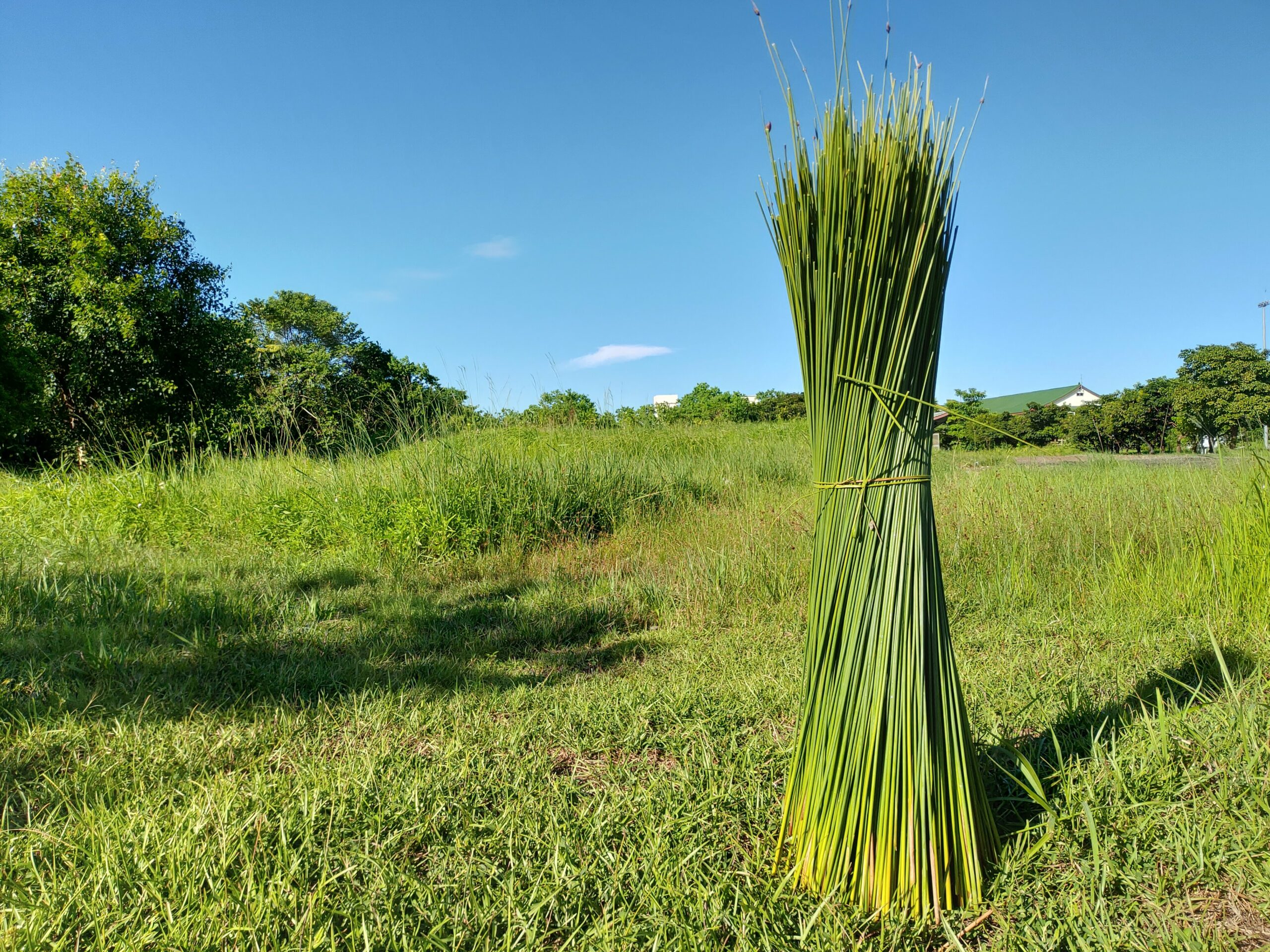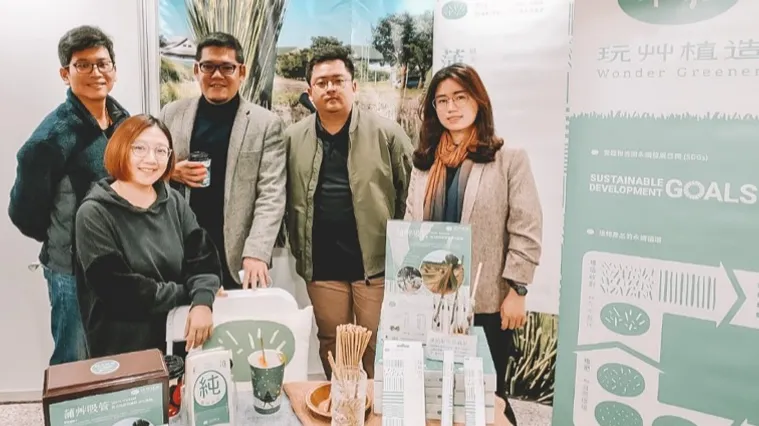As the world steps up efforts to reach net zero emission, businesses and governments are not only cutting carbon but also exploring ways to absorb it. Low-carbon cash crops are emerging as key players in meeting ESG goals. Among them, Lepironia (aka wild grass) stands out as a powerful natural carbon sink, helping to redefine what a truly green supply chain looks like.

What Does Carbon-Low Really Mean?
Low carbon refers to a product or industry activity that significantly reduces carbon emissions across its entire life cycle, and in some cases, even delivers a net environmental benefit by absorbing carbon. It goes beyond simply reaching carbon neutrality—it actively removes carbon from the atmosphere using high-efficiency, carbon-absorbing crops. This ability comes mainly from natural carbon sinks like forests, wetlands, and certain plants that capture and store large amounts of carbon dioxide through photosynthesis.
Take Lepironia (aka wild grass) as an example. It grows rapidly, can be harvested multiple times, and does not require pesticides, herbicides, or chemical fertilizers. It also does not need tilling during harvest, making it a low-input crop with high carbon efficiency. These features make wild grass a sustainable cash crop that benefits both the environment and the economy.
More importantly, crops like this also open up opportunities for agricultural regeneration. Through contract farming and partnerships with local farmers, growing wild grass becomes a stable source of income. It helps rural communities move away from dependence on high-input crops, creating a model of sustainability that supports both the planet and the people who farm it.
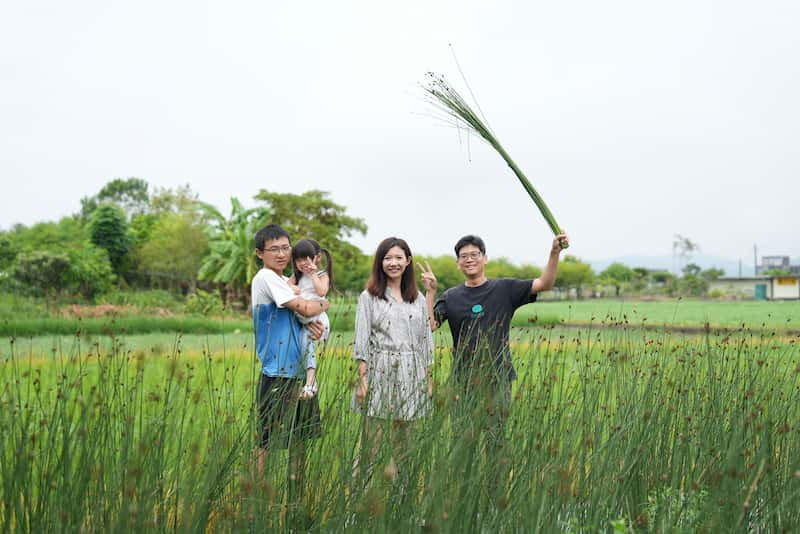
Grass Straws: Farm-to-Table Sustainability in Practice
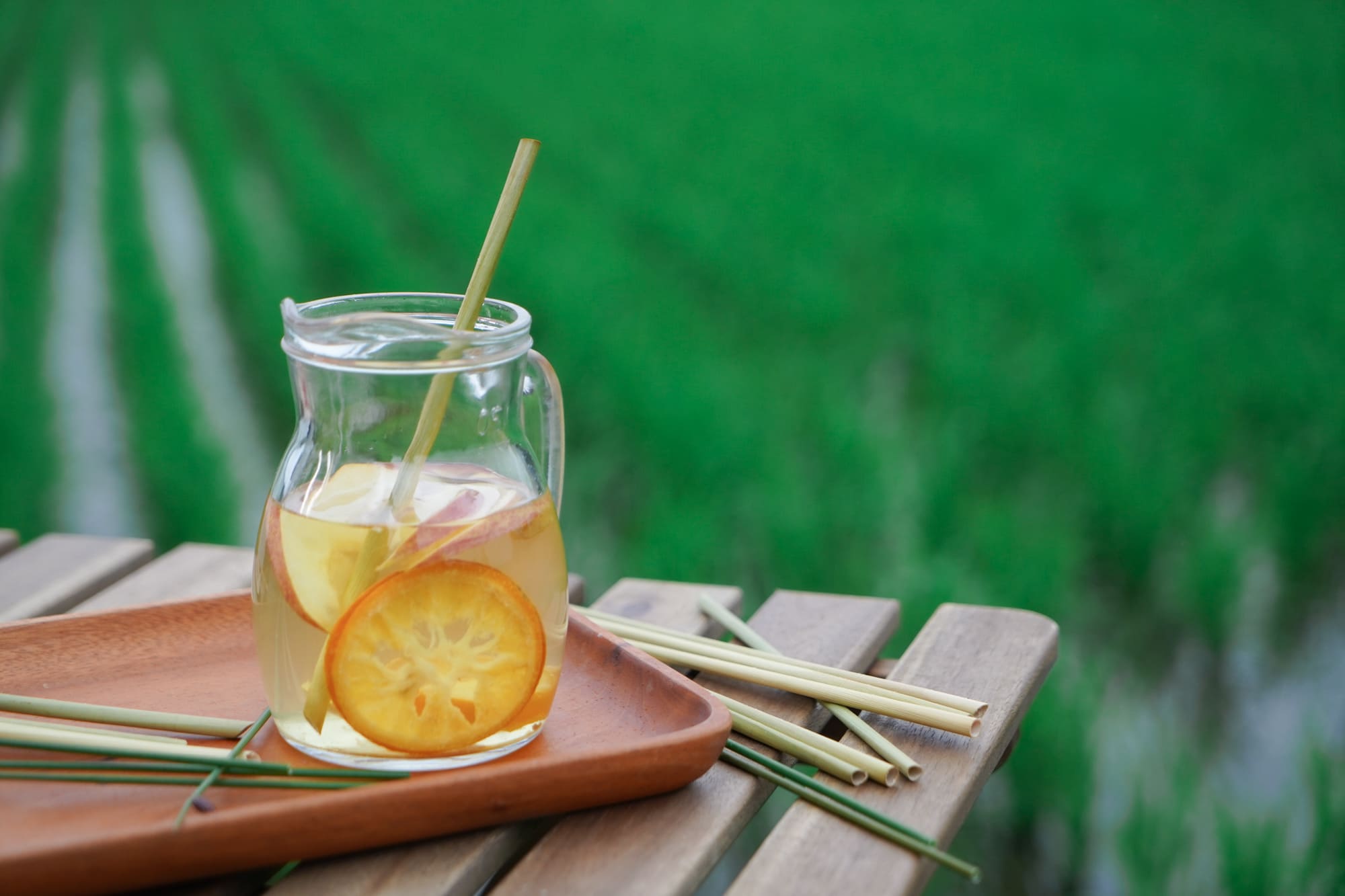
Among sustainable products, Grass Straws stand out as a rare combination of practicality and low carbon impact. Unlike paper or PLA straws, which are technically biodegradable but require energy-intensive processing, wild grass straws follow a much simpler path. After harvesting, they are rinsed, dried, and sterilized—no melting, no additives, and no complex manufacturing.
Though designed for single use, these straws are made entirely from natural plant fibers and break down completely in about 180 days in a natural environment. They release no microplastics and do not require industrial composting. This proves that even disposable products can be genuinely eco-friendly and low carbon throughout their life cycle.
Wild grass fields offer more than carbon absorption—they also serve as living conservation zones. On land that had long been abandoned, the reintroduction of wild grass has gradually restored biodiversity. Native insects, birds, and wetland species have returned, and ecosystems return. These outcomes not only make better use of farmland but also add deeper environmental value to the product itself.


Land to Policy: SDG-Driven ESG Strategies
Facing climate change and growing global pressure to cut emissions, industries are looking for more effective carbon management strategies. While the past focus was on reducing emissions and trading carbon credits, attention is now shifting toward long-term, nature-based solutions that integrate with industry. In this transition, carbon-absorbing economic crops are taking on a key role.
Lepironia cultivation, for example, helps preserve local ecosystems, prevents land degradation, and enables a low carbon footprint throughout the supply chain. By incorporating such crops into sourcing, product design, and recycling systems, companies can build truly sustainable value chains rooted in nature. This approach aligns closely with several United Nations Sustainable Development Goals (SDGs), including:
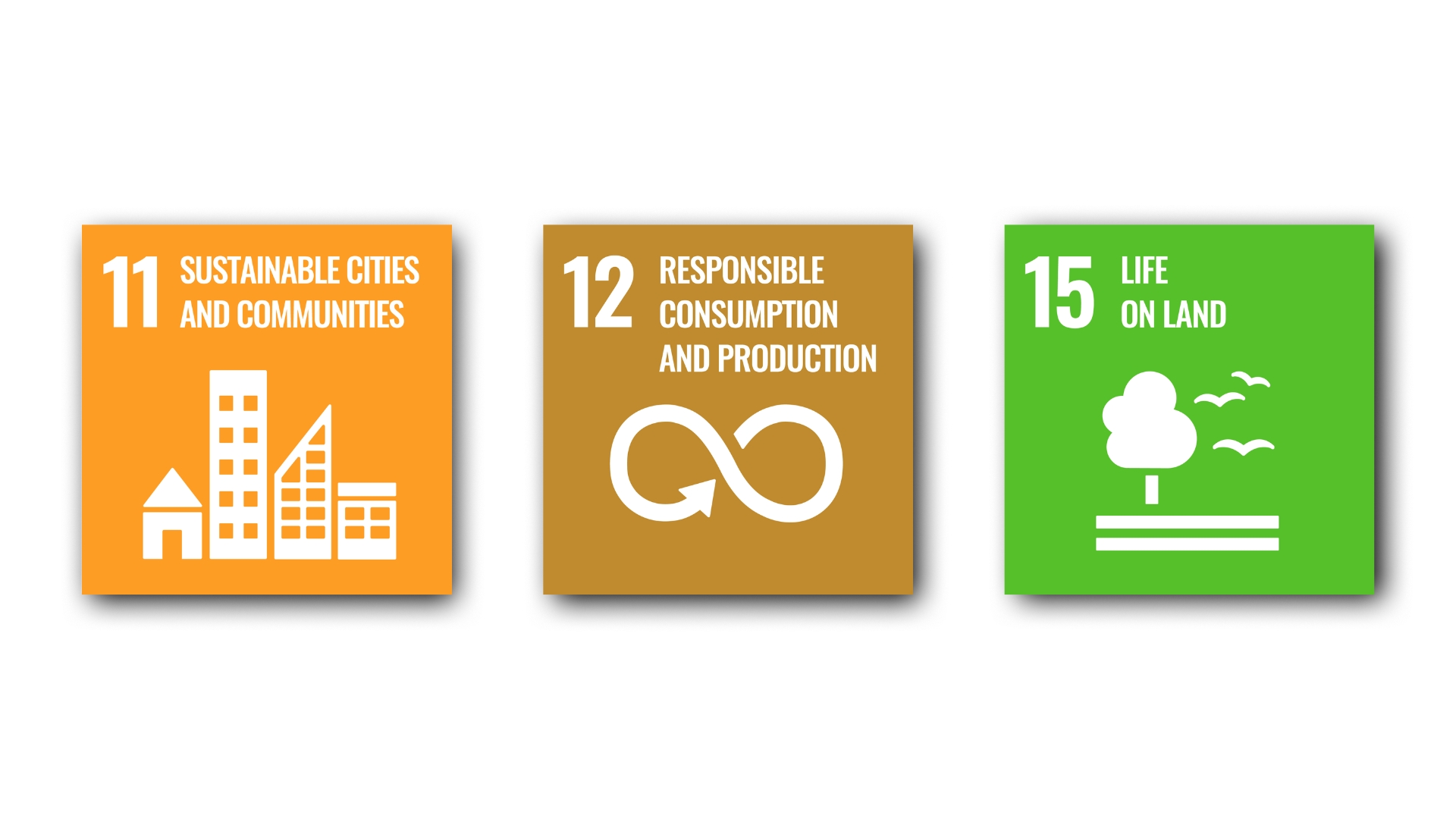
- SDG 11: Sustainable Cities and Communities
- SDG 12: Responsible Consumption and Production
- SDG 15: Life on Land
By choosing low carbon potential cash crops, businesses are taking a sustainable growth path that aligns with ESG principles and the SDGs framework.

